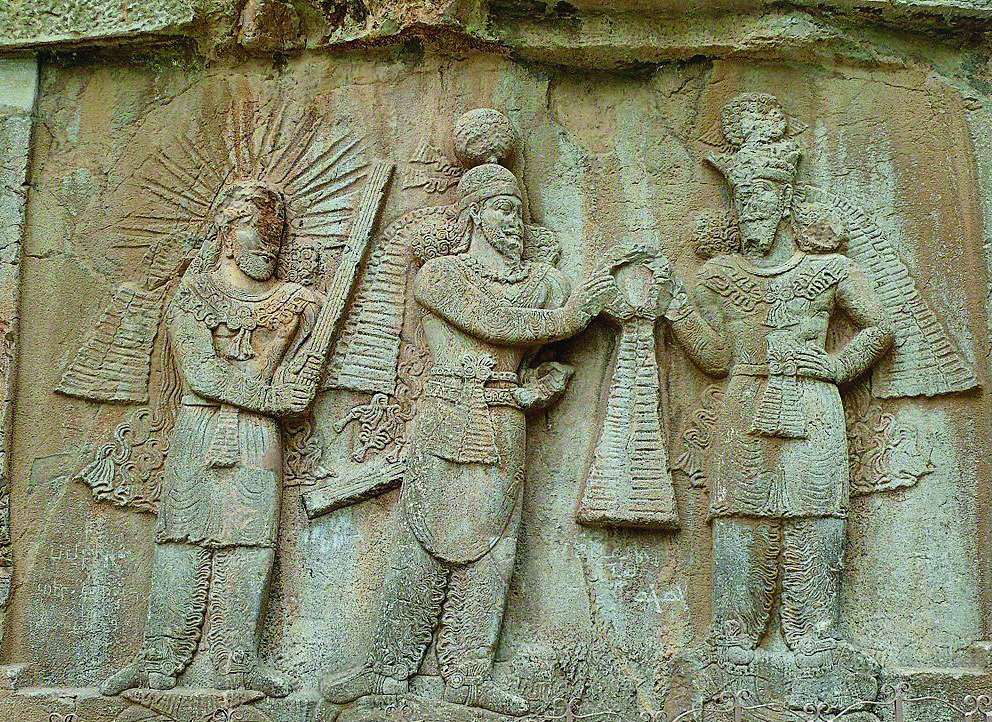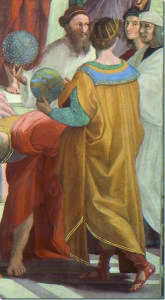 All that we know today about Asho Zarathushtra – be it as a Divine Messenger (Paigambar), an original thinker and philosopher, an accomplished astronomer, or as a mystic poet – appears to be based on oral tradition and folklore. What was finally committed to writing about his life was centuries after his birth, during the post-Sasanian era.
All that we know today about Asho Zarathushtra – be it as a Divine Messenger (Paigambar), an original thinker and philosopher, an accomplished astronomer, or as a mystic poet – appears to be based on oral tradition and folklore. What was finally committed to writing about his life was centuries after his birth, during the post-Sasanian era.
The period of Asho Zarathushtra’s birth is shrouded in mystery. Greek writers place him as far back as 6,000 to 7,000 BC, which would be the Stone Age period. Modern scholars however place his birth around 1,500 to 1,800 BC, which would be around the Bronze Age – a period lasting from approximately 3300 to 1200 BC. It was characterized by the use of bronze, the use of writing in some areas, and other features of early urban civilization.
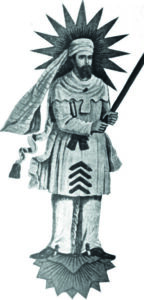 Images Of Zarathushtra
Images Of Zarathushtra
In their stone etchings, the Great Achaemenian kings speak of Ahura Mazda, but not Zarathushtra. The Sasanians also did not depict Zarathustra in their many Bas Reliefs all over the province of Fars. The image we see at Taq-e-Boustan, in Kermansha, along with Ardashir Babagan and his son – Shapur, is considered by some as the image of Ahura Mazda and by some, as Mithra or Meher Yazata. However, since Zoroastrian religion did not and does not encourage image or idol worship, it could be argued that the image is perhaps a depiction of the High Priest Tansar or Arda Viraf.
In any case, the images of Zarathushtra that we see at our places of worship, or keep at home or mindlessly forward on WhatsApp, are all ‘artistic depictions’ and inspired by the image one can see even today at Taq-e-Boustan. In fact, until the nineteenth century, Zoroastrian homes had no images. They only had the hearth fire, before which they prayed morning and evening.
Many other artistic depictions of Zarathushtra also exist, including Raphael’s famous fresco, ‘The School of Athens’ (symbolizing the marriage of art, philosophy, and science, that was a hallmark of the Italian Renaissance, painted between 1509 and 1511) at the Vatican in Rome. The figures in the fresco include Plato, Aristotle, Socrates, Pythagoras and Euclid. The great mathematician and astronomer, Ptolemy, is right next to Euclid, with his back to the viewer. Wearing a yellow robe, he holds a terrestrial globe in his hand. It’s also believed that the bearded man standing in front of him holding a celestial globe is Zoroaster (depicted by Raphael as an Astronomer). Interestingly, the young man standing next to Zoroaster, peaking out at the viewer, is none other than Raphael himself.
There is a German depiction of Zarathushtra, as also a sculpture of Zoroaster (1896), by Edward Clark Potter, representing ancient Persian judicial wisdom, towering over the Appellate Division Courthouse of New York State, at East 25th Street and Madison Avenue, in Manhattan. However, the fact remains that we do not know what Zarathustra looked like and neither do we know when exactly he was born and where, and this is because he belonged to what we know as a pre-historic period. However, we do know that he existed and we know him best through his songs (Gatha).
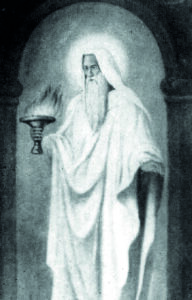 Original Thinker And Philosopher
Original Thinker And Philosopher
Asho Zarathushtra is considered as the world’s foremost thinker and philosopher. In Greek, ‘philo’ means love and ‘sophia’ means wisdom. In other words, the term philosophy (derived from Greek philosophia) literally means ‘love of wisdom’ and Zarathushtra was truly a lover of Mazda or wisdom. Philosophy today is said to have developed in ancient Greece in the 6 BC and Thales is regarded as the first philosopher. However, Greek philosophers were inspired and influenced by the philosophy of Asho Zarathushtra, whom they called Zoroaster, and it would not be incorrect to say that it was perhaps Zarathushtra, and not Thales. who was the first philosopher.
Several ancient Greek writers, like Eudoxus of Cnidus, and Latin writers such as Pliny the Elder have praised Zoroastrian philosophy as, “the most famous and most useful.” Zarathushtra’s thoughts find an echo in almost every great Greek thinker, be it Aristotle, Plato or Socrates.
Aristotle considered eudaimonia (interpreted as ‘living well’ or ‘happiness’) as the primary goal in human life. He believed that eudaimonia is the highest human good, the only human good that is desirable for its own sake (as an end in itself) rather than for the sake of something else (as a means toward some other end). We find within the concept of eudaimonia, Zarathushtra’s goal of Ushta or happiness and ‘living well’ (with Asha or truth and righteous conduct) as an end in itself, rather than for the sake of something else. As indeed we affirm in the Ashem Vohu – be righteous for the sake of righteousness.
Plato believed that our lives go wrong in large measure because we almost never give ourselves time to think carefully and logically enough and end up with the wrong values, careers and relationships. Plato emphasized on bringing order and clarity to our minds. It is only with a clear, well informed and disciplined mind that the right choices can be made. In this philosophy of Plato, one finds an echo of Zarathushtra’s philosophy of exercising the right choices, with the help of the good mind.
Socrates believed, “If you don’t know what is good for your soul, then you’ll be misled. If you do know what is good for your soul, then you will do it naturally, since it’s the nature of good to be desired. This is the path to happiness.” In other words, Socrates believed that to be happy, we need to know what is good for us. Zarathushtra also emphasized the importance of Ushta or happiness and attaining it by exercising the right choices in life.
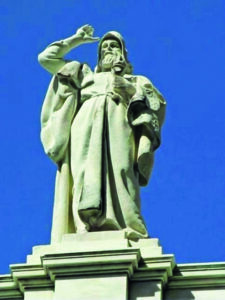 The Path Of Zarathustra
The Path Of Zarathustra
The path that Asho Zarathushtra walked and wanted us all to tread, is the path of Asha and Ushta. Asha, at its most simplistic level stands for Truth (as opposed to falsehood). It also stands for Righteous Conduct. At a more universal level it stands for ‘Divine Order’ (and our duty to live in harmony with that Divine Order). It also stands for Purity (in thought, word and deed).
The colophon to the Yasna asserts, “Aevo pantao yo Ashahe, Vispe anyaesham apantam.” (There is but one Path, that of Asha. All other paths are false). In the Hoshbam we pray: “Through the Best Asha, through the highest Asha, may we catch sight of Thee (Ahura Mazda). May we approach Thee, may we be in perfect union with Thee!”
While Asha should be the purpose of our life, Ushta (happiness) is the result of the fulfillment of Asha. As indeed, Zarathushtra sings in the Ushtavaiti Gatha, “Ushta ahmai yahmai ushta Kahmai chit,” meaning ‘Happiness (be) to him through whom happiness (is caused) to another!’
- In Search Of The Soul - 5 April2025
- Why Pray In A Language We Do Not Understand? - 29 March2025
- Celebrate Nature’s New Year With Purity And Piety of Ava - 22 March2025
